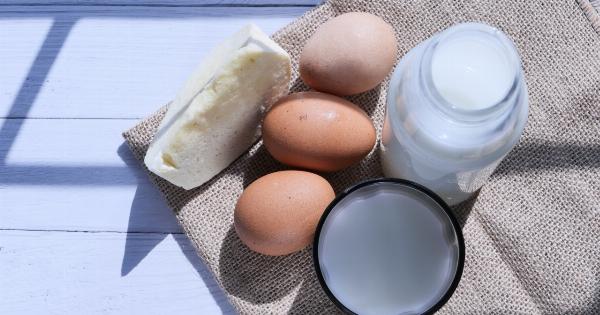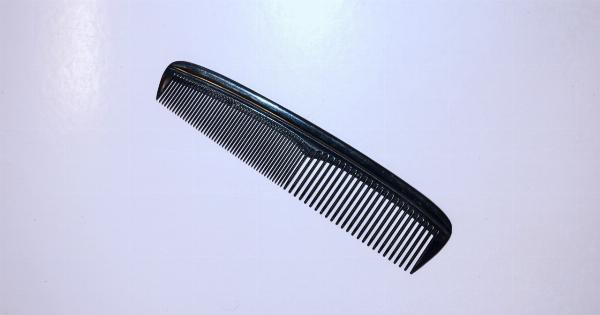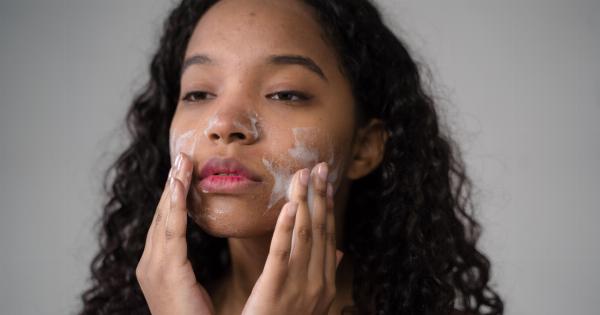When it comes to personal care products, many people are becoming increasingly conscious about the chemicals used in these products. Conditions products, which include items like shampoos, conditioners, and lotions, are no exception.
It is important to understand the chemicals present in Conditions products, their potential effects on our health, and ways to make informed choices. This article aims to provide valuable insights into the subject.
Understanding Chemicals in Conditions Products
Conditions products often contain a variety of chemicals that serve different purposes, including cleansing, moisturizing, and fragrance enhancement.
While many of these chemicals may be harmless or have minimal risk, some individuals may be more sensitive to certain ingredients. It is crucial to read product labels and educate ourselves about the chemicals used in these products for our overall well-being.
The Potential Health Impacts of Chemicals
1. Sulfates: Sulfates, such as sodium lauryl sulfate (SLS) and sodium laureth sulfate (SLES), are commonly used cleansing agents in shampoos.
Some studies suggest that sulfates can cause scalp irritation and dryness, especially in individuals with sensitive skin.
2. Parabens: Parabens are used as preservatives in many personal care products, including Conditions products.
While they help prevent microbial growth, there has been concern about their potential estrogenic effects and their presence in breast cancer tissue. However, more research is required to establish a clear link between parabens and adverse health effects.
3. Phthalates: Phthalates are a group of chemicals used to enhance fragrance in Conditions products. Some studies have associated phthalates with hormone disruption, reproductive issues, and potential developmental effects.
Consumers looking to avoid phthalates can choose fragrance-free or phthalate-free options.
4. Formaldehyde-releasing Preservatives: Some Conditions products contain formaldehyde-releasing preservatives, such as quaternium-15, which help extend shelf life. Formaldehyde is a known human carcinogen.
Although the amount of formaldehyde released in these products is often minimal, individuals with sensitivities might want to avoid them.
5. Artificial Colors: Artificial colors are commonly used in cosmetic products to enhance their appearance. Some of these colors, such as FD&C Red No. 40 and D&C Green No. 5, have been associated with allergic reactions and skin sensitivities.
It is advisable to choose products without artificial colors if you have sensitive skin.
Making Informed Choices
1. Read Labels Carefully: When shopping for Conditions products, it is essential to read product labels thoroughly. Look for products that clearly disclose their ingredients and avoid those with known irritants or chemicals you prefer to avoid.
2. Fragrance-free or Unscented Options: If you are sensitive to fragrances or concerned about potential phthalate exposure, choosing fragrance-free or unscented Conditions products can be a safer option.
3. Natural and Organic Alternatives: Consider exploring natural and organic Conditions products, which often use plant-based ingredients and avoid certain synthetic chemicals. Look for reputable certifications to ensure the authenticity of claims.
4. Patch Testing: If you have sensitive skin or are prone to reactions, perform a patch test before using a new Conditions product. Apply a small amount on your inner arm and wait 24-48 hours to observe any adverse reactions.
5. Consult a Dermatologist: If you have specific skin concerns or allergies, it is beneficial to consult a dermatologist who can recommend suitable Conditions products or identify any potential triggers.
Conclusion
Being aware of the chemicals present in Conditions products is important for maintaining our health and making informed choices. While some chemicals may have potential risks, it is crucial to note that the overall effects vary from person to person.
By reading labels, exploring alternative options, and understanding our own sensitivities, we can select Conditions products that align with our preferences and promote healthier personal care routines.






























